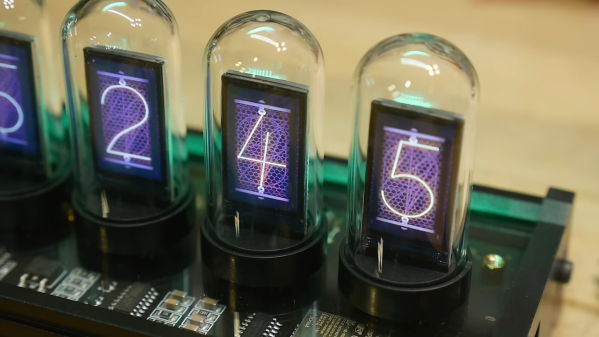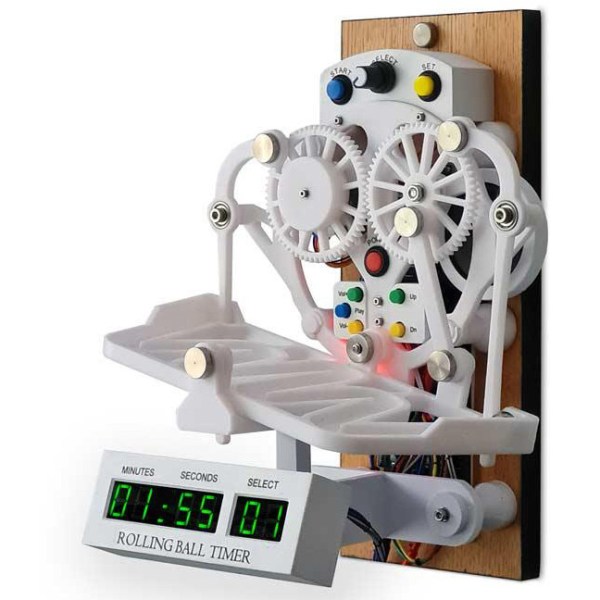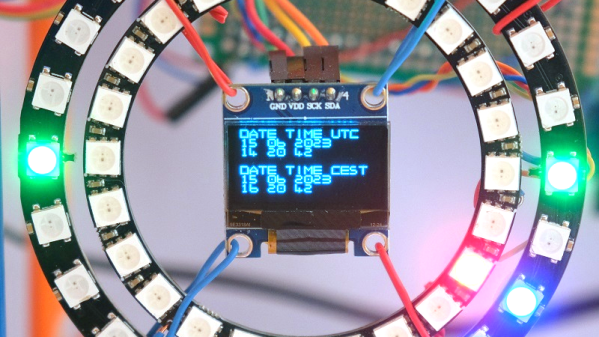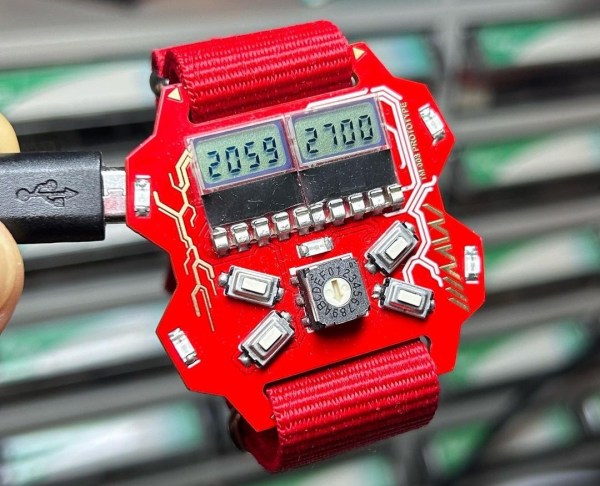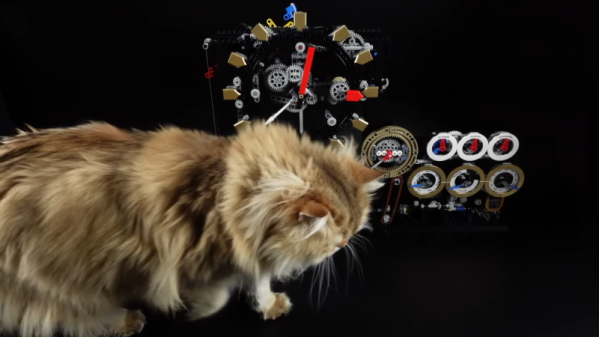[IMSAI Guy] bought a fake Nixie clock, and luckily for all of us has filmed a very close look and demonstration. Using OLED displays as the fake Nixie elements might seem like cheating to some, the effect is really very well done.

When it comes to Nixie elements, it’s hard to say which gets more attention and project time from hardware folks: original Nixie tube technology, or fake Nixie elements. Either way, their appeal is certainly undeniable.
Original Nixie tubes have shown up in modern remakes of alarm clocks, and modern semiconductors make satisfying a Nixie tube’s power requirements much easier with clever and compact Nixie drivers costing under $3 USD. This is also a good time to remind people that Nixie tubes don’t have to be digits. This audio spectrum visualizer, for example, uses IN-13 tubes which serve as elements of a bar graph.
Authentic Nixie elements require high voltages and are labor-intensive to manufacture to say the least, and as far as fake Nixie elements go, this one looks pretty good once it lights up. You can see it in action in the video, embedded below.
Continue reading “These Fake Nixie Tubes Have A Bootup Screen”

